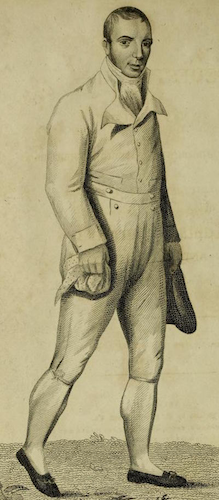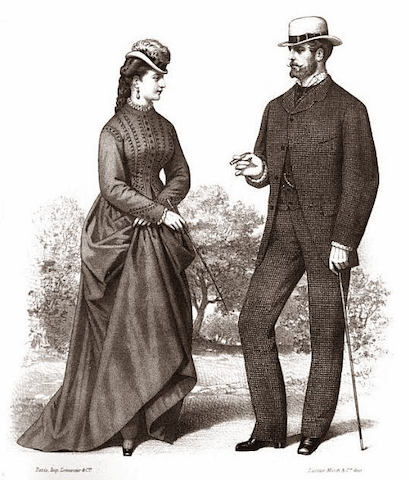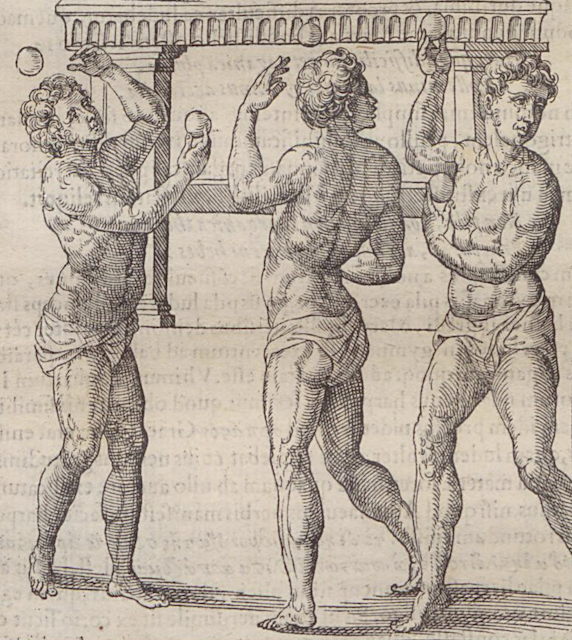How to Train for Walking, 1813
 Captain Barclay,
Celebrated Pedestrian
Captain Barclay,
Celebrated Pedestrian
When the object in view is the accomplishment of a pedestrian match, his regular exercise may be from twenty to twenty-four miles a day. He must rise at five in the morning, run half a mile at the top of his speed up-hill, and then walk six miles at a moderate pace, coming in about seven to breakfast, which should consist of beef-steaks or mutton-chops under-done, with stale bread and old beer. After breakfast, he must again walk six miles at a moderate pace, and at twelve lie down in bed without his clothes for half an hour. On getting up, he must walk four miles, and return by four to dinner, which should also be beef-steaks or mutton-chops, with bread and beer as at breakfast. Immediately after dinner, he must resume his exercise by running half a mile at the top of his speed, and walking six miles at a moderate pace. He takes no more exercise that day, but retires to bed about eight, and next morning proceeds in the same manner.
After having gone on in this regular course for three or four weeks, the pedestrian must take a four-mile sweat, which is produced by running four miles, in flannel, at the top of his speed… He is then put to bed in his flannels, and being covered with six or eight pairs of blankets, and a feather-bed, must remain in this state from twenty-five to thirty minutes, when he is taken out and rubbed perfectly dry. Being then well wrapt in his great coat, he walks out gently for two miles, and returns to breakfast, which, on such occasions should consist of a roasted fowl. He afterwards proceeds with his usual exercise.
Walter Thom, Pedestrianism; Or, an Account of the Performances of Celebrated Pedestrians
Looking for a new competitive sport? Try pedestrianism: all the mania and discomfort of long-distance running, without all the actual running.





